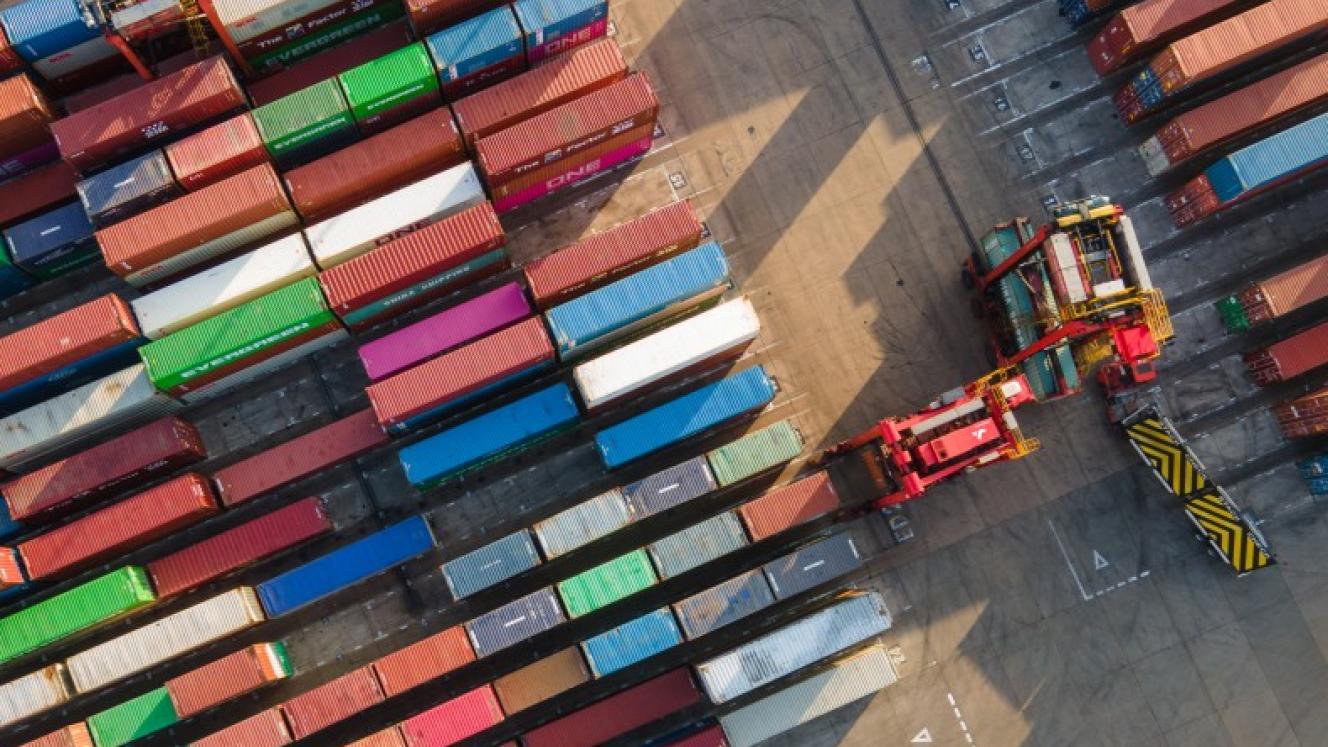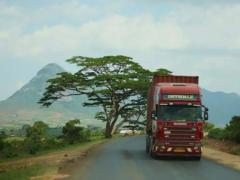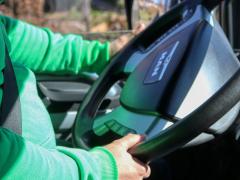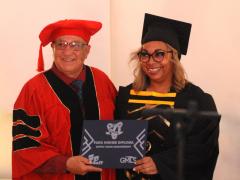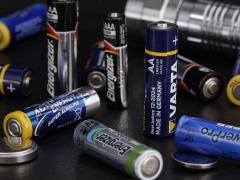None of the various permutations for the screening of air cargo to comply with the January 2009 deadline for the Part 108 security regulations is 100% sure, according to Hissco MD Tony Hudson – a local provider of security detection products, and previously head of security for Virgin. “Many of the prescribed methods – from dog sniffers to explosive detectors – are being recognised as having their limitations,” he told FTW, while acknowledging the weaknesses of all prospective solutions. “The fact is that the most practical option remains X-ray. That is why, in Europe, the majority of regulated agents have adopted this solution.” Hudson contended that the use of dogs or hand-searching was both labour-intensive and impractical. “Trace detection is also not ideal when used as a primary method for screening cargo,” he added. “Unless there has been contamination of the item being screened, the success of detection is limited.” Employing an X-ray system presents its own challenges. “These machines are very expensive,” Hudson said, “and their ability to provide operators with an image that can quickly ‘clear’ a piece of cargo may be affected by the mass and density of the contents.” Hudson did however confirm that, with current technology, an X-ray image is colour-coded to differentiate between organic and inorganic items. The machine would also identify by colour any items that the X-ray was unable to penetrate. Hudson suggested that, in such circumstances, “an operator would either re-present the cargo at a different angle or as a last resort carry out a physical check”. He added that, from his experience, very few items of cargo needed to undergo such extraordinary checks. “The undeniable fact is that the machine is only as good as the operator using it. It’s better to have a great operator on an older machine than an inadequate one using the latest technology.” Hudson also told FTW that he and his team had been working closely with the Civil Aviation Authority (CAA) to assist in providing information about the specifications, strengths and weaknesses of X-ray technology.
